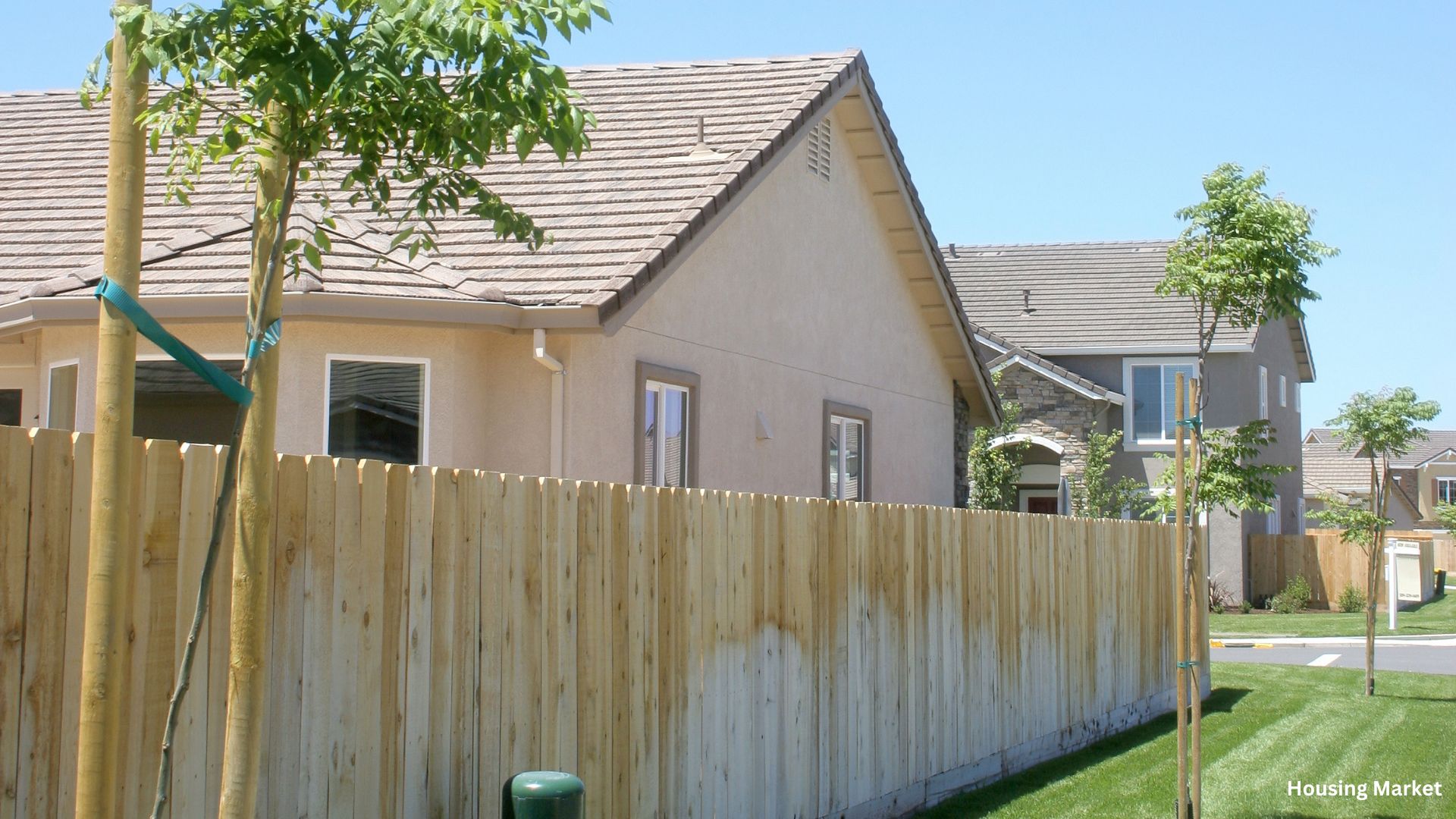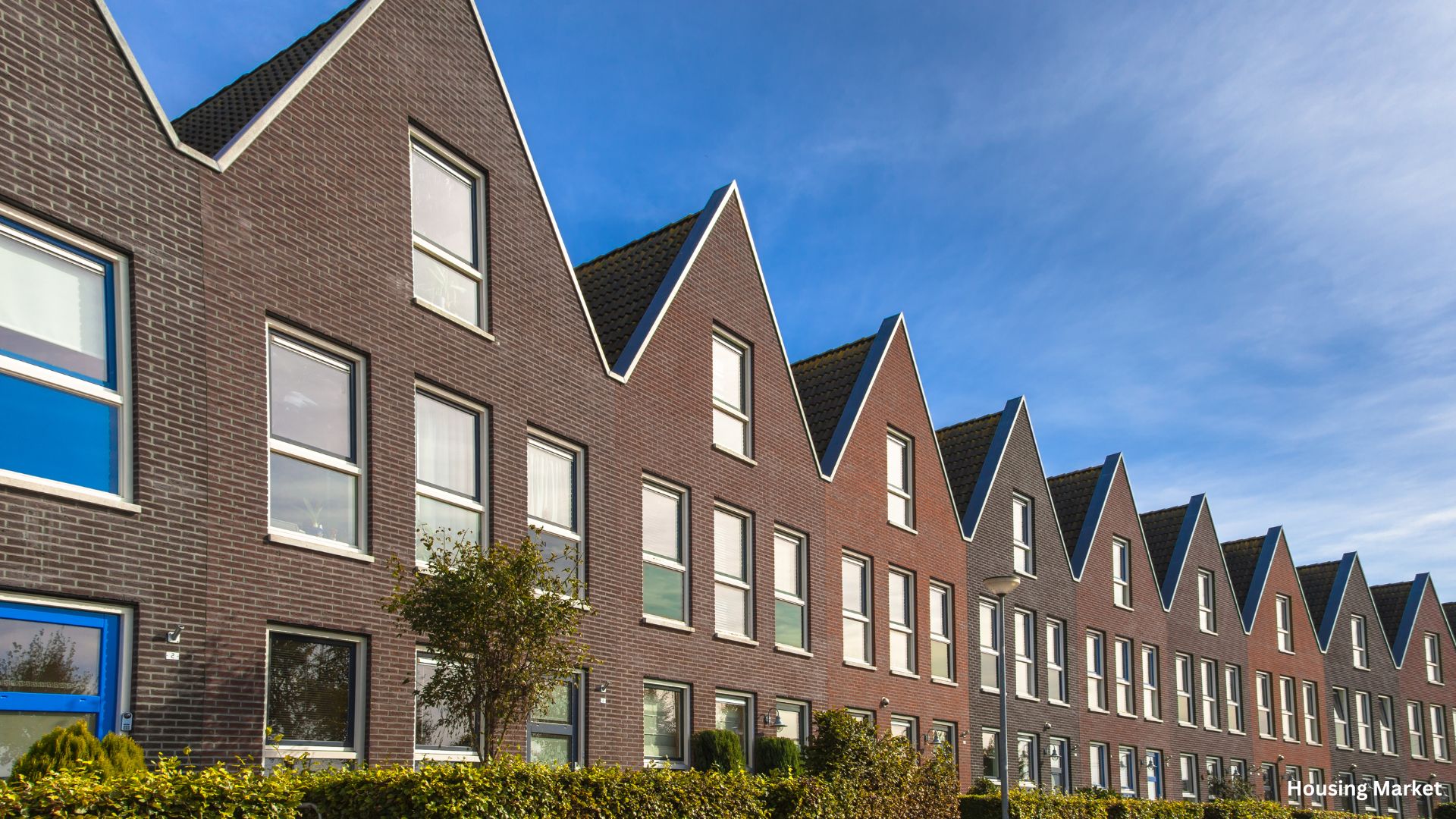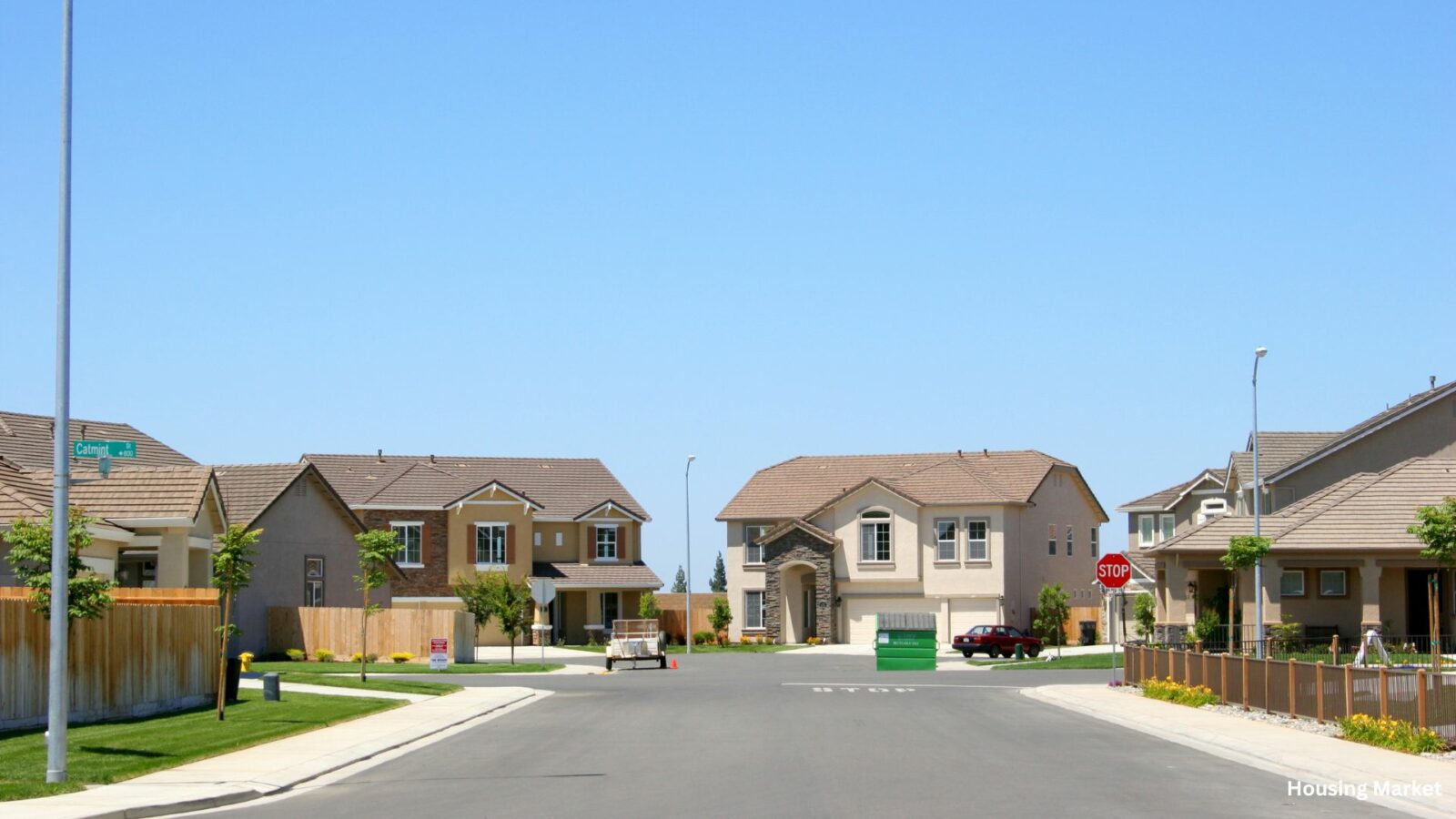The housing shortage increases by 4.5 million in the United States, a stark reality that highlights the ongoing crisis in housing affordability and availability. Despite a pandemic-era construction boom, the gap between housing supply and demand continues to widen, exacerbating the affordability crisis for both homeowners and renters.

The Data Behind the Housing Shortage Increase
According to Zillow, the housing shortage rose from 4.3 million homes in 2021 to 4.5 million in 2022. This increase underscores the persistent deficit in the housing market, which is at the heart of the nation’s housing affordability issues. As Zillow Senior Economist Orphe Divounguy points out, “The simple fact is there are not enough homes in this country, and that’s pushing homeownership out of reach for too many families.”
In 2022, there were approximately 8.9 million “missing households,” which refers to individuals or families living with non-relatives due to the lack of available housing. In stark contrast, only 3.55 million housing units were available for rent or sale. This disparity highlights the severity of the housing shortage and its impact on the nation’s housing market.

Regional Disparities
The housing shortage is not evenly distributed across the country. New York has the largest housing deficit, with 389,924 homes needed to meet demand. Los Angeles follows closely with a deficit of 336,726 homes. Other major cities like Chicago (97,379), Dallas (48,150), and Houston (20,028) also face significant shortages.
The Construction Boom and Its Limitations
The pandemic-era housing frenzy did spark a construction boom, with 1.4 million homes built in 2022, marking the best year for home construction since the early stages of the Great Recession. However, this was still insufficient to meet the demand. The number of U.S. families increased by 1.8 million that year, meaning that the country did not build enough homes even for the new families, let alone to start reducing the existing deficit.
In 2023, the U.S. Census Bureau reported that roughly 1.45 million homes were completed. While this increase over 2022 is a sign of progress, it is clear that much more needs to be done to address the housing shortage effectively.

Solutions and Recommendations
Addressing the housing shortage requires significant changes in housing policy and construction practices. According to Divounguy, reforming zoning rules to allow for more density is crucial. Even a modest increase in density in the country’s largest markets could create millions of new homes, alleviating some of the pressure on the housing market.
Additionally, long-term strategies must focus on increasing the overall supply of housing to make it more affordable. This includes incentivizing construction, simplifying building regulations, and investing in affordable housing projects.

The housing shortage increased by 4.5 million, a figure that reflects the ongoing struggle to meet the housing needs of American families. While recent construction efforts show some progress, the deficit remains a significant barrier to affordability and accessibility in the housing market. Addressing this issue requires comprehensive policy reforms and a concerted effort to increase housing supply across the nation.
Related posts:
 Decline in Home Prices: Anticipating a Shift in 2024
Decline in Home Prices: Anticipating a Shift in 2024
 Maryland Governor Legislative Agenda: Military Families, Housing, and Public Safety in 2024
Maryland Governor Legislative Agenda: Military Families, Housing, and Public Safety in 2024
 Nashville’s Zoning Bills for Middle-Income Housing Spark Contentious Debate
Nashville’s Zoning Bills for Middle-Income Housing Spark Contentious Debate
 Tampa Affordable Housing Initiative Breaks Ground on New 188-Unit Building
Tampa Affordable Housing Initiative Breaks Ground on New 188-Unit Building
 Navigating the Decline: Florida Condo Prices Dropping Amidst Rising Costs
Navigating the Decline: Florida Condo Prices Dropping Amidst Rising Costs



